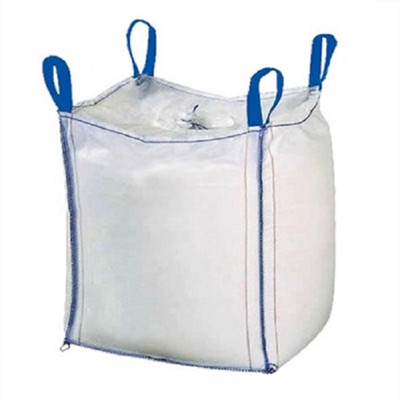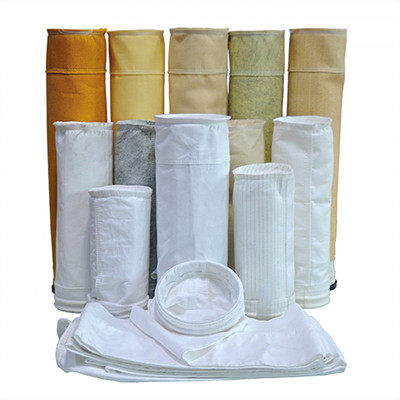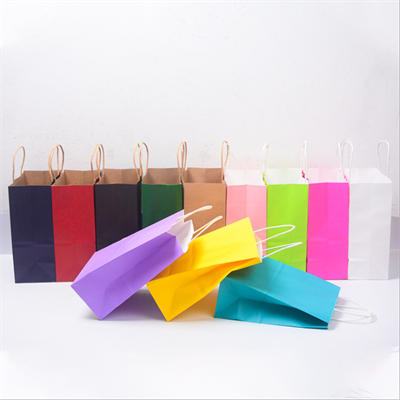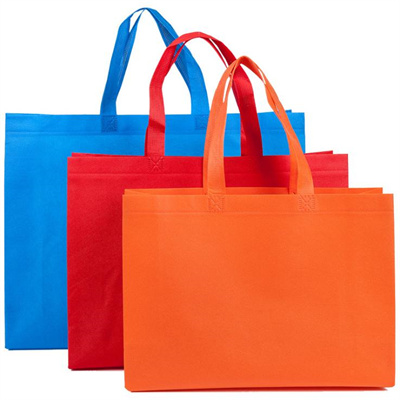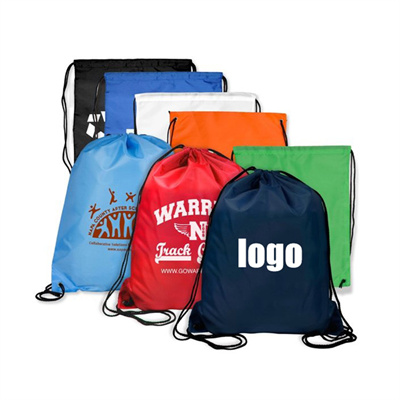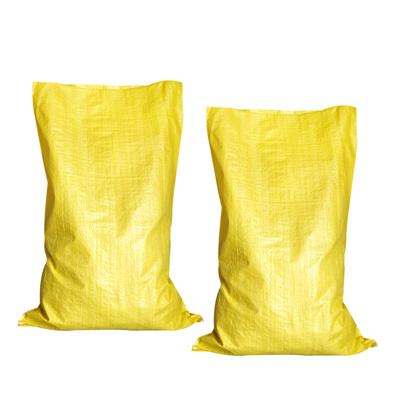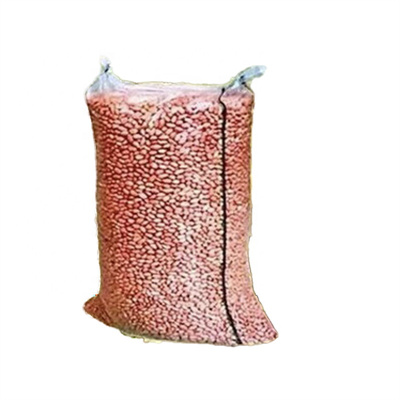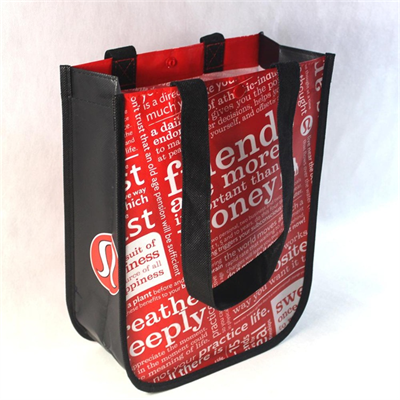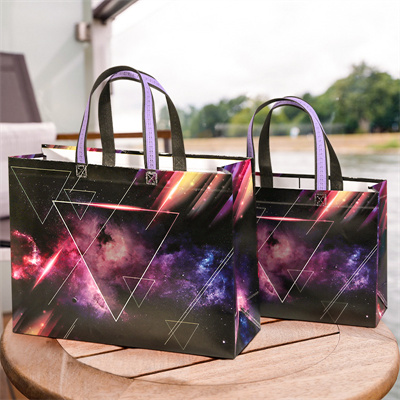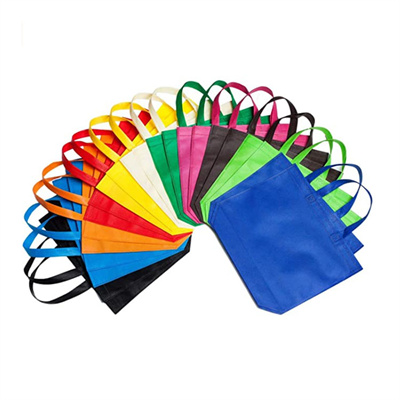Why canvas bags are eco friendly essentials
Canvas bags are considered eco-friendly essentials for several compelling reasons: Reusable: One of the primary reasons canvas bags are eco-friendly is their reusability. Unlike single-use plastic or paper bags, canvas bags can be used over and over again. This reduces the demand for and production of disposable bags, which are a significant source of environmental…







